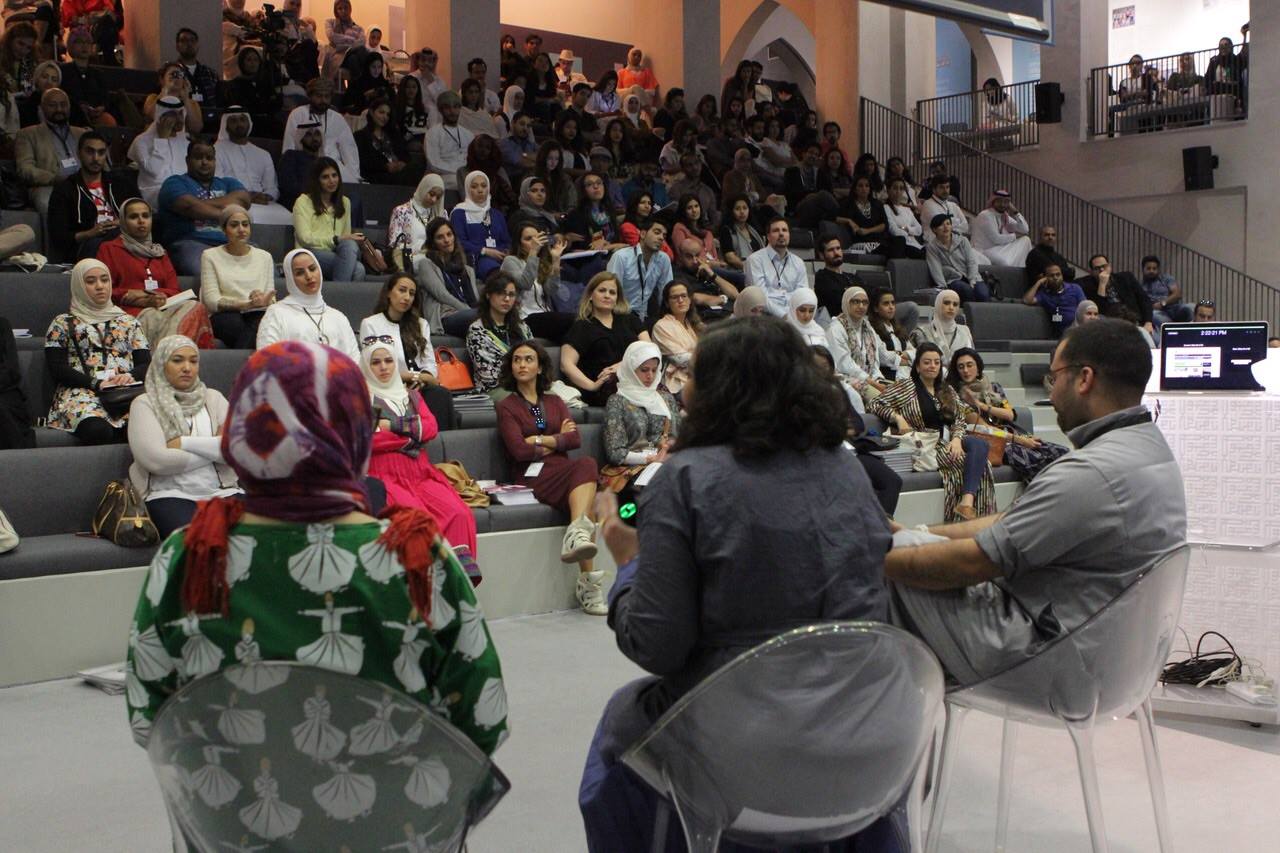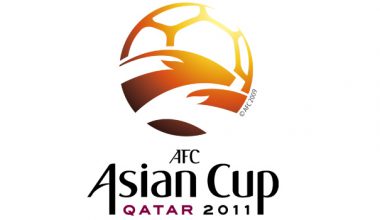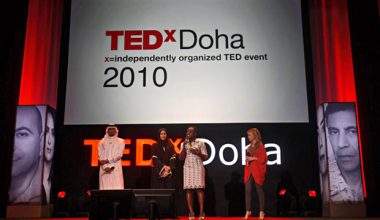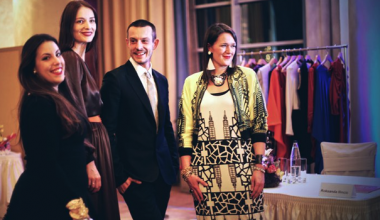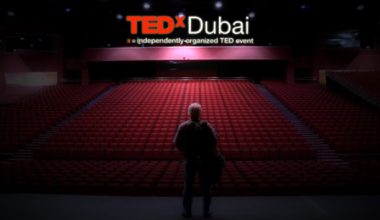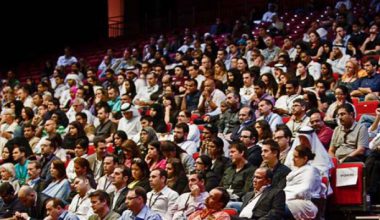Nuqat’s Creative Conference took place November 13-19, 2014 and began with a powerful reaffirmation of its Arabic identity. In an unprecedented move, the founders not only decided to present all lectures in Arabic, but also set off the event with a discussion on the importance of preserving the Arabic language by campaigner Suzanne Tahlouk. It was a thought provoking start to the day that highlighted the interconnection between language, innovation and identity. Tahlouk drew attention to the stigma associated with using the Arabic language by some Arab intellectuals and stressed that Arab innovators have a responsibility towards preserving their mother language. This, Tahlouk argued, is achievable if innovators are able to collaborate with one another and apply their creativity to the Arabic language.
Similar concerns were also reiterated by speaker Gilles Gauthier from the Institut de Monde Arabe; who stated that language is the link without which a society would collapse. Gauthier also underlined the connection between language and culture stating that every common culture involves a common language. And therefore, the linguistic migration he sees in the Arab world can have some dangerous repercussions.
In contrast to these speakers, who both discussed the event’s central concept of the ‘missing link’ in the context of the Arabic language, Samer Yamani addressed this idea from the perspective of human development and the challenges facing innovators in the Middle East. In his talk collaboration figured as a vehicle for bridging several missing links, such as the missing links between innovators and the state or education system. He then went on to discuss how through various collaborative human development projects and training programs; how one can bridge these gaps.
It is not possible to refer to the notion of collaboration without calling to attention Khaled Abolnaga’s curious interpretation of the Arab Spring as an example of creative collaboration. His talk was often steered away from his work as an actor/director and had a more political focus. According to Abonaga, the creative collaboration witnessed during the Arab revolutions was possible due to the fact that the masses believed in what he referred to as ‘the art of the possible’. The talk ended on an optimistic note that stressed by working together individuals have the power to make great changes in society.
Other noteworthy speakers were Dr Amar Behbehani and Alanoud Al Sharekh, who both had unique takes on the event’s central themes and ideas. Dr Behbehani gave an illuminating talk on the mental processes that occur during creative thinking and the connection between mental illness and innovation. Al Sharekh’s talk, on the other hand, addressed the missing link in our understanding of Bedouin culture in Kuwait. She highlighted the stereotypes and misconceptions associated with Bedouins and how their culture has affected settlers in Kuwait. These two talks were not only fascinating in their own right, but also reflected the diversity of topics available on the day. They drew particular attention to the high standard of the lectures and provided an enriching intellectual experience for those who attended. Through the talks, difficulties of shared identity and the power of the collective body were explored. A commonality became apparent; sharing is the future.
– Alwia Hussein

